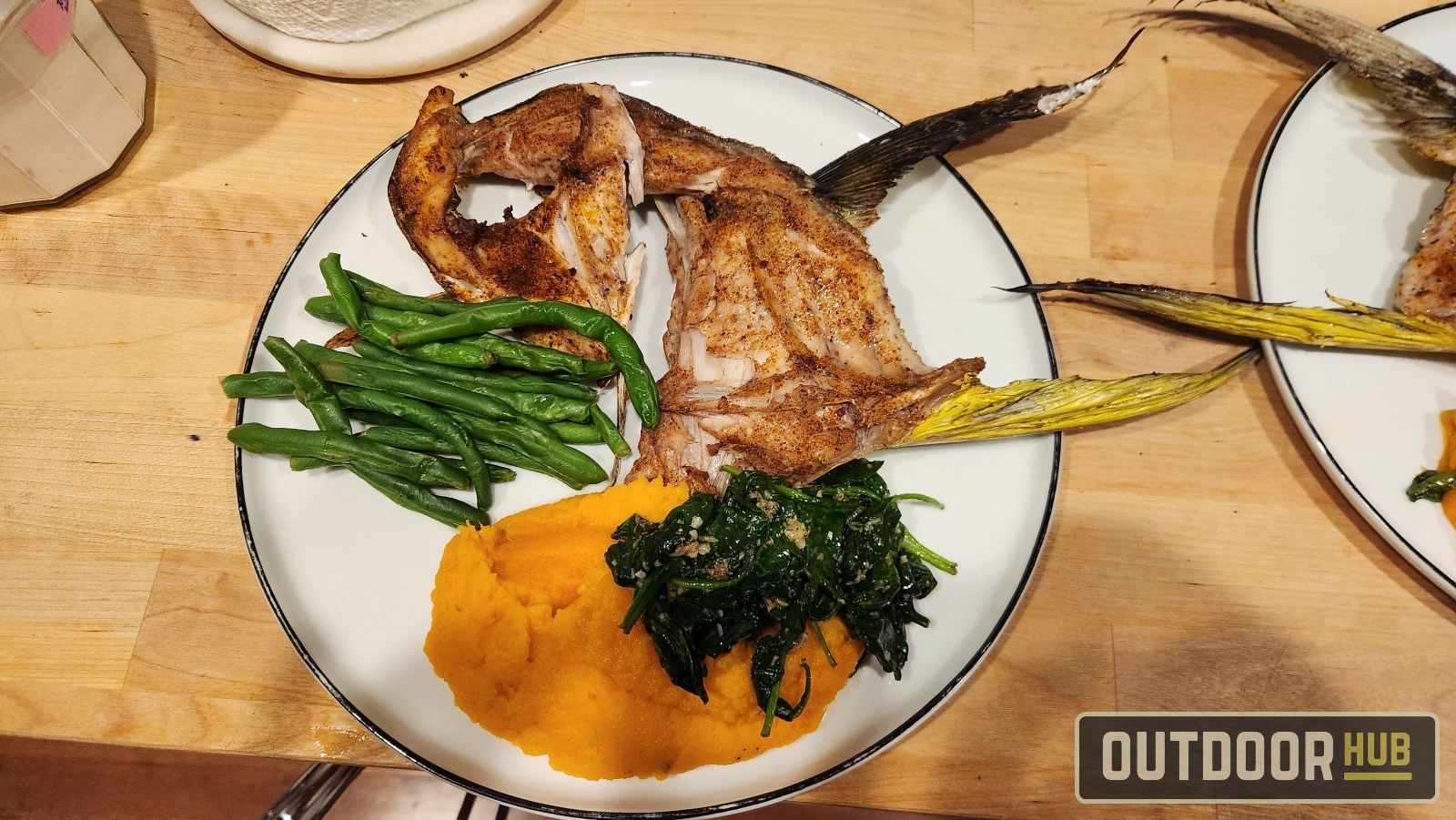

I do know for a indisputable fact that a whole lot of anglers depart a whole lot of meat on the carcass in terms of breaking down fish. The vast majority of anglers will take away the fillets from the perimeters of the fish and discard the carcass, both again into the water or right into a trash can subsequent to the cleansing station. I don’t blame them for doing that, however they’re lacking out on an excellent chunk of a number of the greatest meat a fish has to supply. I’m speaking in regards to the fish collars right here, typically left connected to the pinnacle and backbone of a fish carcass due to the bones in them. These succulent triangular cuts of fish begin on the clavicle of the fish, proper behind the gill plate, and finish behind the pectoral and pelvic fins of the fish. That is one among my favourite cuts in terms of fish, and a number of the fattiest meat of the entire fish, with all of the stomach meat between the fins. The collar bones are wealthy in collagen, which retains the meat succulent and moist because it cooks. And for individuals who are fearful they could overcook this unfamiliar reduce of meat, let me cease you right here and let you know that until you nuke a fish collar or burn it to a crisp, it’s laborious to mess up cooking one. Fish collars are very forgiving and laborious to dry out.
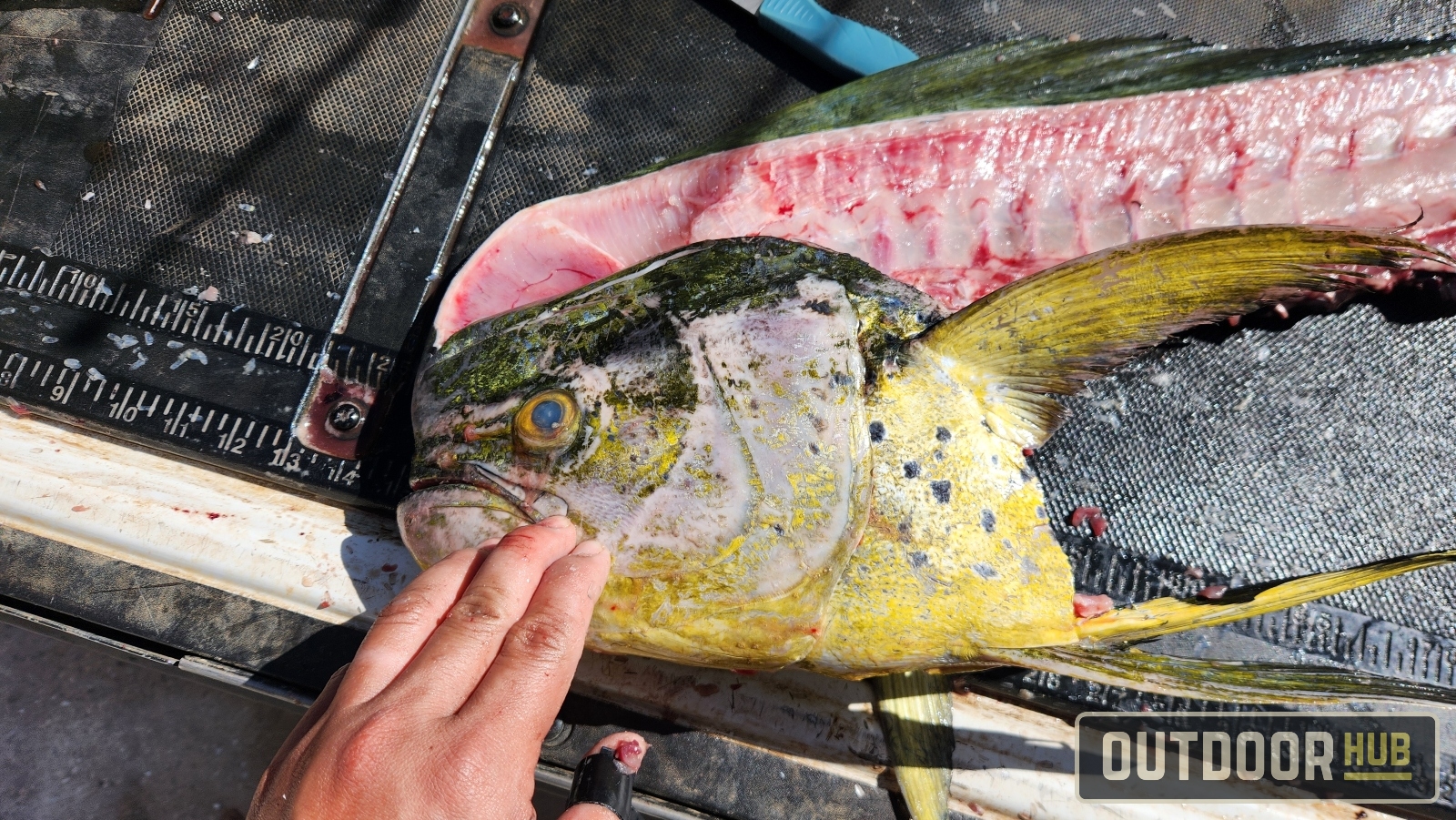
Cooking Content material on OutdoorHub
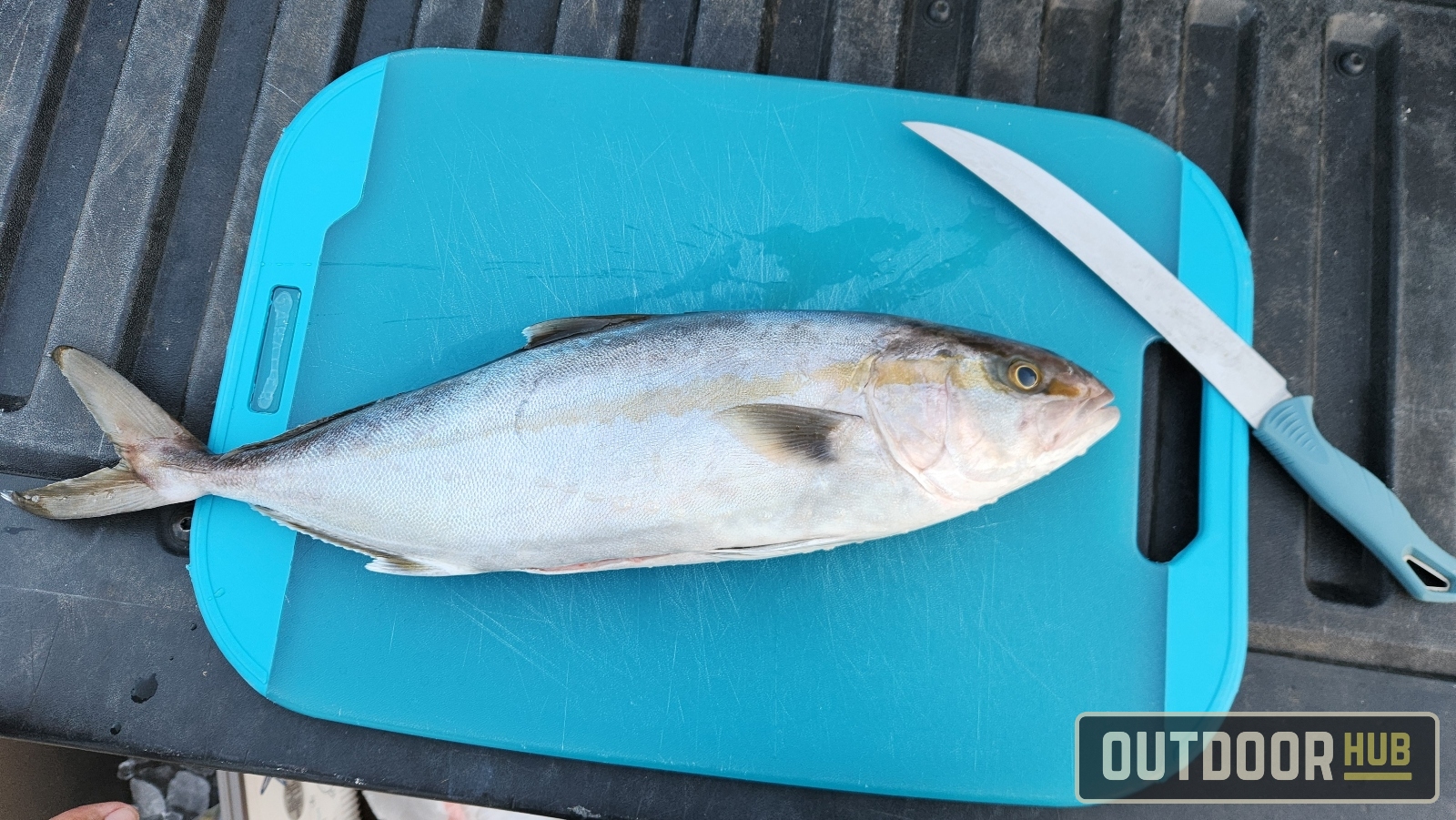
Harvesting the collars off a fish may be very simple; fillet the fish such as you would usually. As soon as each side of the fillets are off the body of the fish, and you’ve got simply the carcass of the fish, head, backbone, and collars, pop off the backbone of the fish carcass proper behind the place you made your first reduce for filleting the fish. Then, reduce off any extra membranes or organs which are nonetheless connected to the collars, such because the gills or coronary heart. Then, with the heel of your knife, push via the backbone close to the highest of the pinnacle, proper in entrance of the collars. This could now have your fish collars indifferent from all the pieces else. If the collars are nonetheless connected, both on the stomach or the backbone, use your knife to separate them aside into two items. Then, utilizing a paper towel, take away any remaining blood or slime from the collars, and they’re able to prepare dinner.
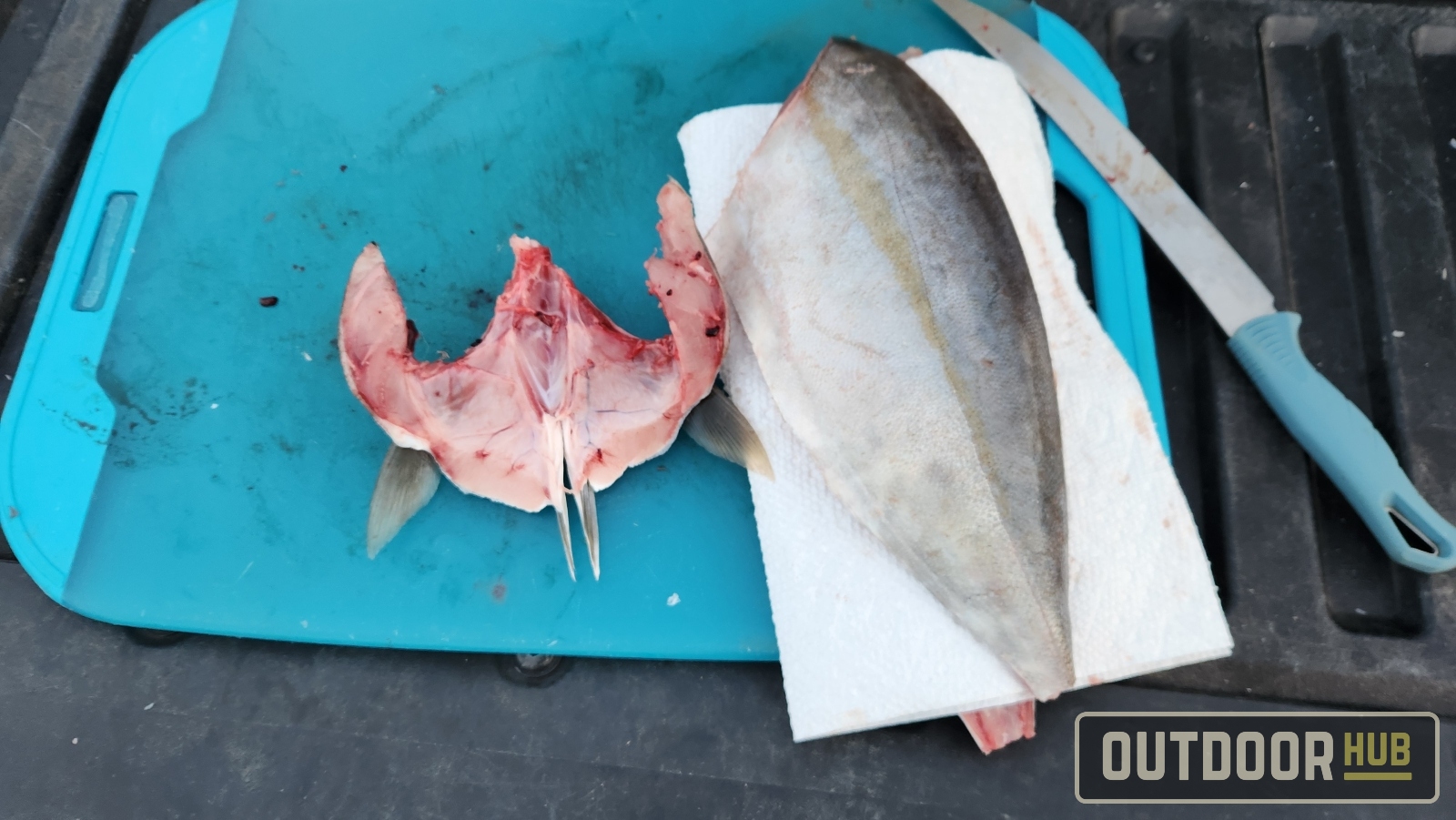
As I discussed earlier, fish collars are very forgiving and versatile for cooking with. Identical to rooster wings, the collars are loaded with good fat, bones, and collagen. So you’ll be able to prepare dinner fish collars scorching and quick or low and sluggish. If you wish to make a wealthy fish inventory, fish collars are laborious to beat. You possibly can add that, together with the backbone, to your inventory or soup to include a wide range of helpful fat and collagen. With them primarily being meat and bigger bones, you’ll be able to simply pick the bones afterward to make the most of the meat as effectively. If inventory isn’t what you’re on the lookout for, cooking a complete collar up as an entrée is a superb thought as effectively. With their forgiving nature, you’ll be able to fry, grill, smoke, or bake them to your liking. The one factor to notice is that, with this being a thicker reduce of fish that also has the bone in, you must season it a bit extra closely than a regular reduce of fish fillet.
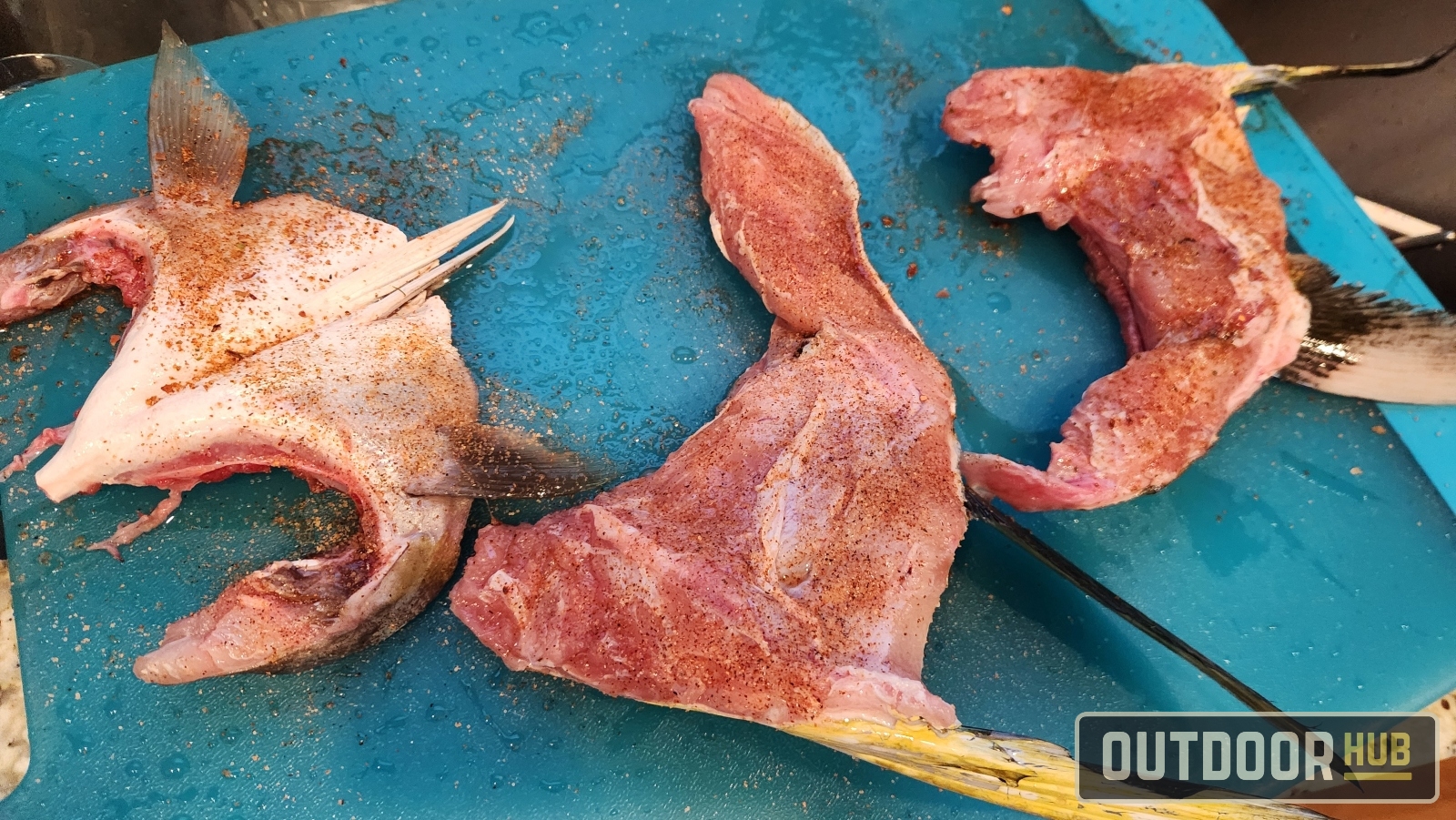
My go-to recipe for fish collars, particularly with extra fatty species of fish, is to bake or broil them in my outside woodfire oven. First, preheat your oven to 400°F. Whereas your oven is preheating, seize your fish collars and pat them dry. Then, closely season the meat facet of your fish collars, and place them on a roasting tray, pores and skin facet down. As soon as the oven is as much as temperature, place the fish collars in and prepare dinner for 10 to twenty minutes, relying on their thickness and measurement.
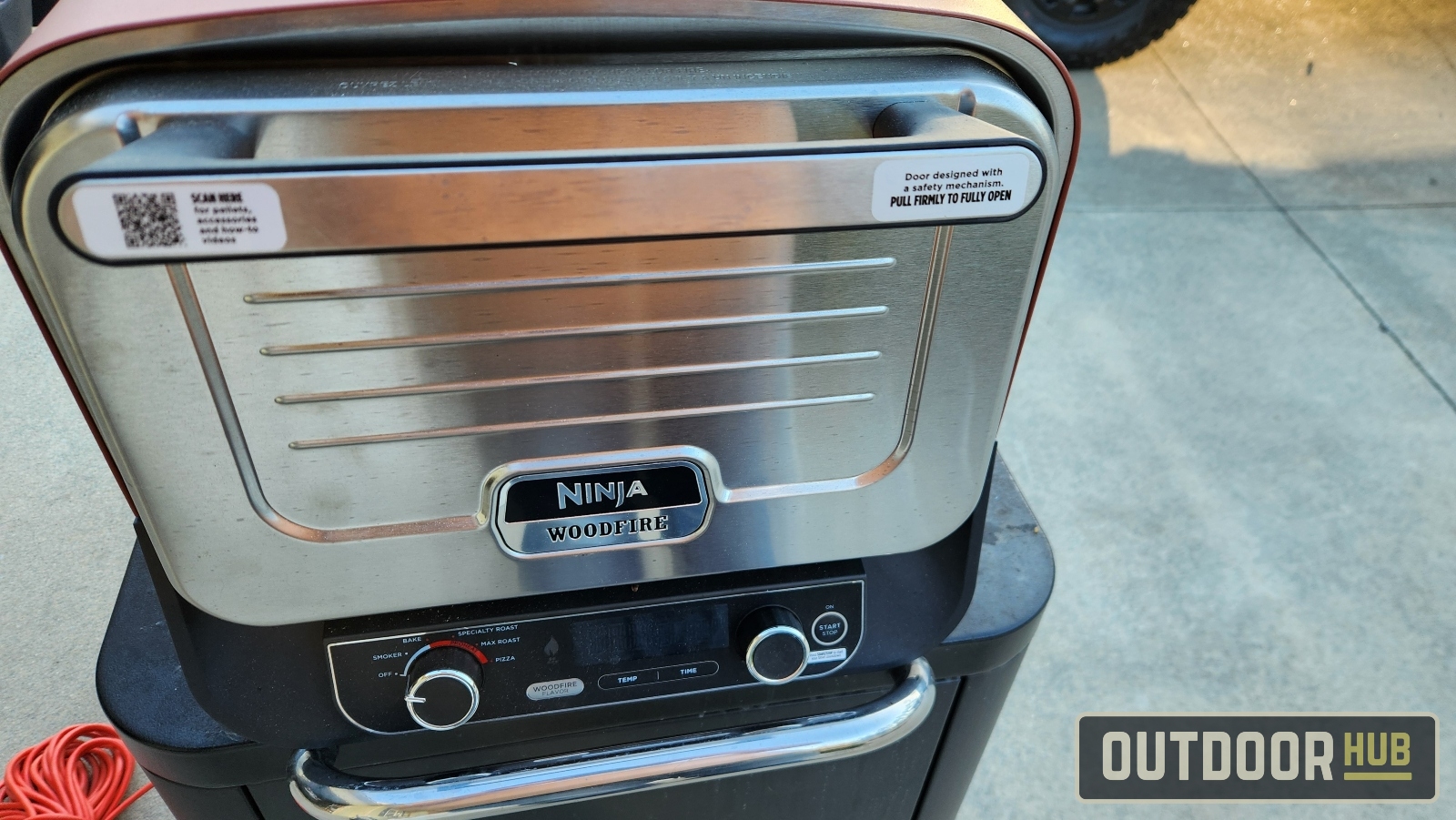
You need them to achieve an inner temperature of 140°F earlier than pulling them out of the oven and serving them along with your most well-liked sides. Hopefully, this has satisfied anybody who hasn’t been harvesting the collars of their catches to take a number of the collars off their subsequent catch and see what they’ve been lacking out on.
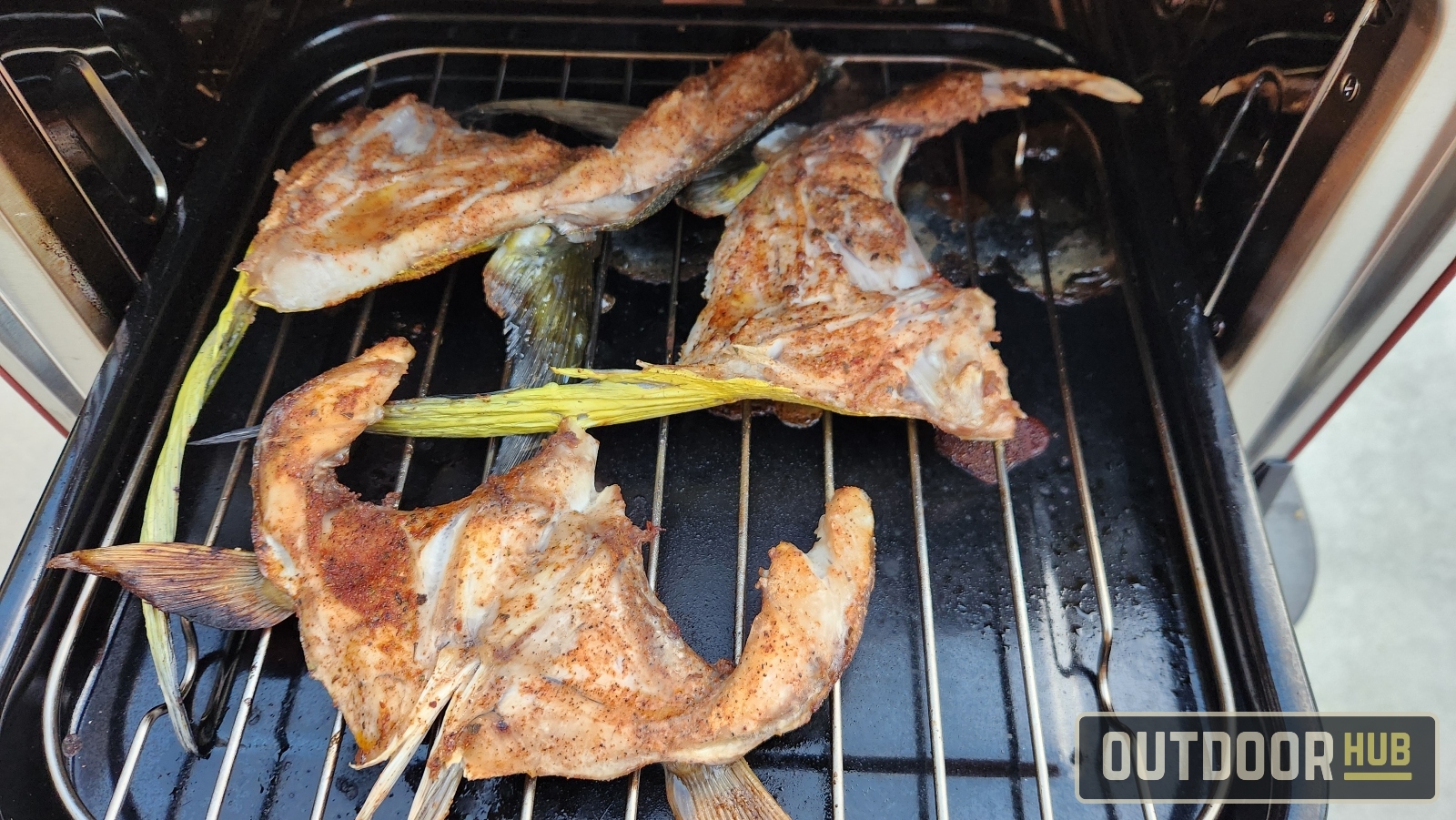
Baked Fish Collars
Prep Time: 10 minutes | Prepare dinner Time: 15–20 minutes | Servings: 2–4
Components:
- 2–4 fish collars (Mahi, Rudderfish, or different fatty species)
- Creole seasoning (or your favourite fish seasoning)
- Paper towels (for patting dry)
Directions:
- Preheat oven or woodfire oven to 400°F.
- Clear the fish collars completely, eradicating gills, coronary heart, and extra membranes.
- Pat fish collars dry with paper towels.
- Closely season the meat facet of the collars with Creole seasoning.
- Place the collars pores and skin facet down on a roasting tray.
- Bake for 10–20 minutes, relying on thickness, till inner temperature reaches 140°F.
- Take away from the oven and serve scorching along with your favourite sides.
Notes:
Fish collars are excessive in fats and collagen, making them preferrred for grilling, baking, or smoking. Modify the prepare dinner time primarily based on the thickness and measurement of the meat.
Trending Merchandise












